How to Buy Best
Quality Gemstones

Gemstones are graded by four qualities, known as the “Four C’s.” These stand for Cut, Color, Clarity and Carat (stone size). By understanding these characteristics, you will be able to shop with confidence.
Gemstone Cut
Cut dramatically affects the appearance of a gemstone. Gemstones are cut to maintain maximum weight while exhibiting optimal color and brilliance. A well cut gemstone is able to handle the play of light; the gemstone comes alive with life and sparkles as light dances through their facets. Take a closer look at a gemstone. There should not be any dark lifeless areas (extinction) or flat washed out zones (window); there should be consistent light refraction throughout the gemstone.
The parts of a faceted gemstone
Colored gemstones are cut in various styles and shapes. Mostly gemstones are faceted like diamonds, in several proportionate geometric sizes. Some gemstones are cut in the traditional dome shape ‘cabochon’, bringing out special optical effects such as star and Cat’s eye seen in gemstones such as Jade, Star sapphire, Star ruby, Opal and many others.
Classic gemstone shapes and cuts
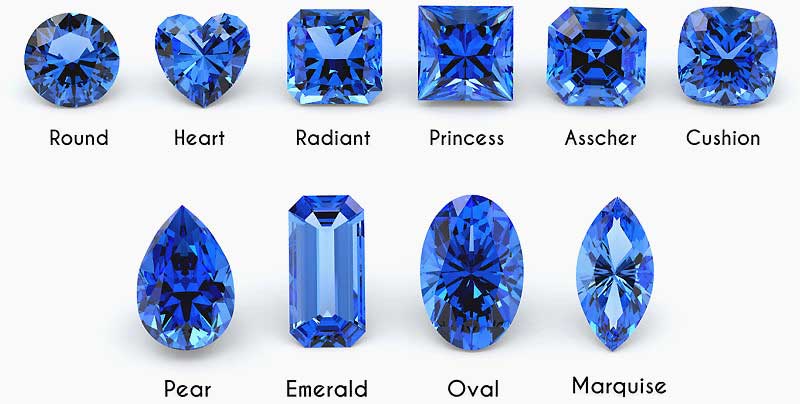
Buying Tips for Gemstone Cut
Gemstone Color
Color is the most defining characteristic of a gemstone. Most gemstones occur in a spectrum of colors, while some have more restricted palettes. Since the color phenomenon in gemstones can become very complex, experts analyze the chromatic options in terms of three essential components: hue, tone, and saturation. Hue is the primary color of the gemstone. Tone represents the depth of color, ranging from colorless to black. Gemstone tone is described as ‘light’, ‘medium-light’, ‘medium’, ‘medium-dark’ and ‘dark’. Finally, saturation refers to the purity or intensity of the primary color. As a general rule, a bright, intense, pure, rich and vivid color is considered the industry best. The most valuable gemstones are those that exhibit a pure color with only slight hues of secondary colors.
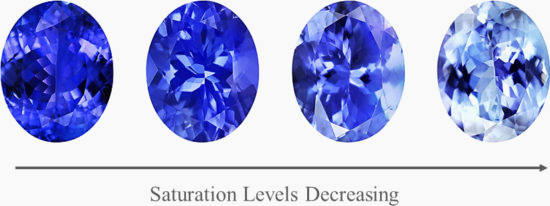
The primary color should be medium, neither too dark nor too light. While buying gemstones you need to be aware of color ranges and objective value assessments, but it is best to rely on your eyes; if a particular color speaks to you, by all means listen. Select your gemstone that fit your needs the best.
Buying Tips for Gemstone Color
Gemstone Clarity
Gemstones naturally have characteristics, called inclusions that were created during the process of crystallization of the gemstone. Inclusions do not necessarily diminish a colored gemstone’s beauty or desirability. It is difficult to find gemstones without any inclusions or imperfections. If there are no inclusions, gemologists will suspect the gemstone to be synthetic or treated.
In some cases, inclusions can actually add to a gemstone’s beauty and value. Special, needle-like inclusions cause the spectacular optical phenomenon called cat’s eye and asterism, displayed by Chrysoberyl and Corundum mineral families (sapphire and ruby).

Since colored gemstones are created by a variety of geologic processes, it’s common for some type of gemstones to have more inclusions than others. For example gemstones like Aquamarine, Citrine, Tanzanite, Topaz and Kunzite are typically eye clean while gemstones like Emerald, Ruby and Sapphire most likely have visible inclusions, especially on a microscopic level.
Buying Tips for Gemstone Clarity
Gemstone Carat Weight
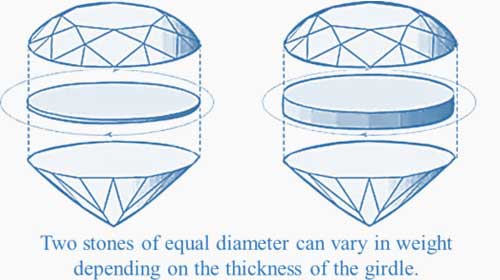
Carat is the unit of measurement used to weigh gemstones. One carat is equal to 200 milligrams or 0.20 grams. In addition to carat weight, gemstones are measured in size (mm). Two gemstones of the same size can vary in weight owning to different proportions. Gemstones are typically priced on a per carat basis depending on the color and brilliance of the stone, and since gemstones are less likely to appear in larger sizes, the per-carat price climbs steeply as the carat weight increases steadily.
Choosing the right size is a personal matter. With the right piece, you may find just the look and emotional appeal you wanted and at a price you can afford.


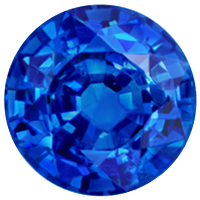 BLUE SAPPHIRE
BLUE SAPPHIRE 

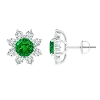
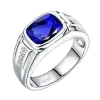






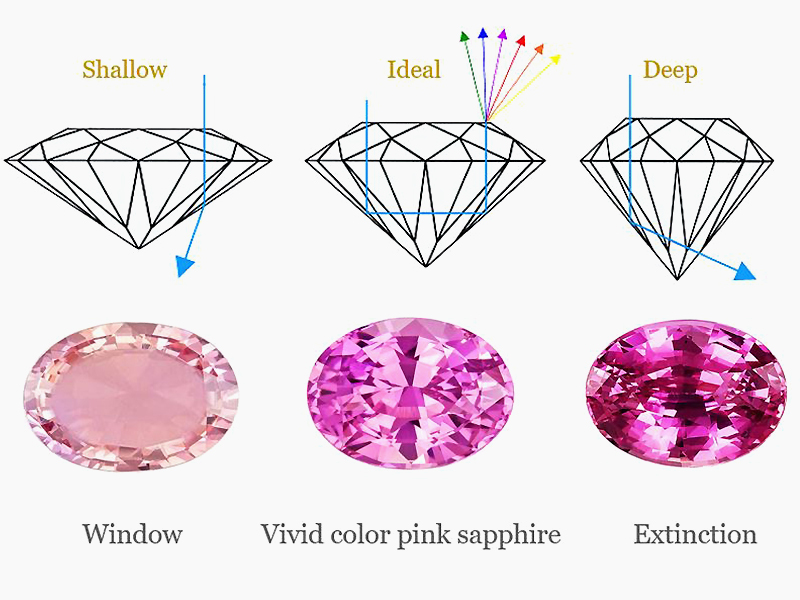

 Blue Sapphire
Blue Sapphire Pink Sapphire
Pink Sapphire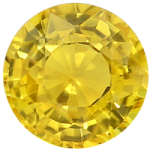 Yellow Sapphire
Yellow Sapphire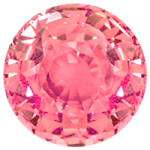 Padparadscha Sapphire
Padparadscha Sapphire Green Sapphire
Green Sapphire White Sapphire
White Sapphire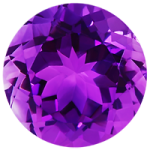 Amethyst
Amethyst Peridot
Peridot Moonstone
Moonstone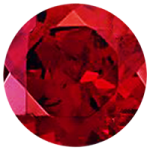 Garnet
Garnet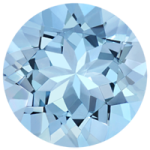 Aquamarine
Aquamarine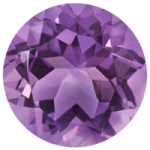 Spinel
Spinel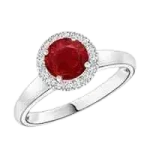 Ladies Rings
Ladies Rings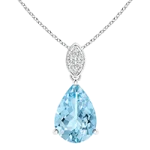 Pendants
Pendants Earrings
Earrings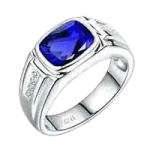 Gent’s Rings
Gent’s Rings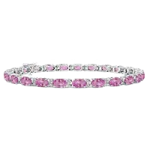 Bracelet
Bracelet